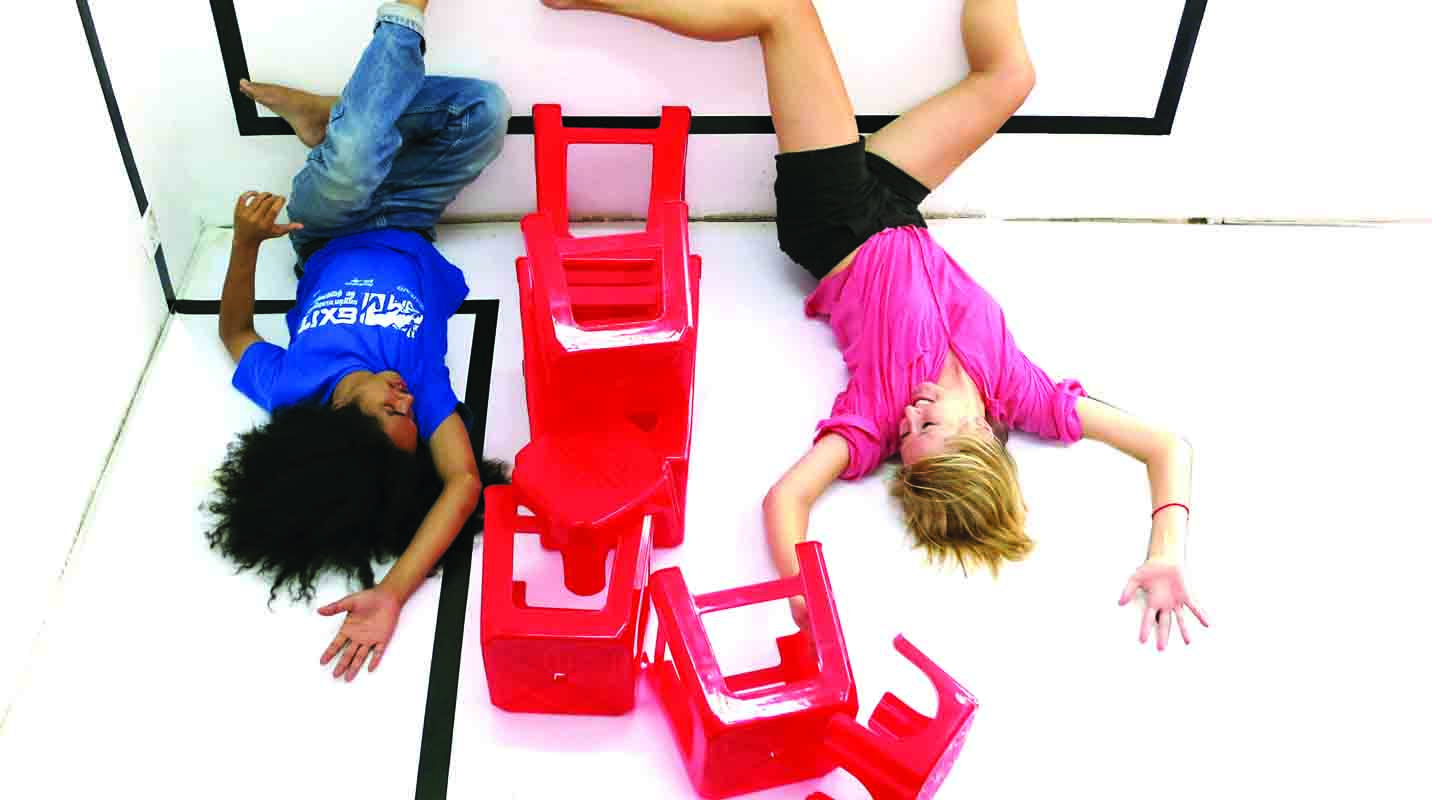In 1940s New York, a group of Abstract Expressionists – including Jackson Pollock and Willem de Kooning – met in studios, galleries and bars to discuss their work, their philosophy, and, occasionally, to throw punches at one another. The group took on the moniker The Club, after the name of a favourite venue. Across the globe and throughout art history, artists, curators and writers have discovered stimulating ideas, challenging personal philosophies and inspiration in each other. The value of discussion – not as a means to an end, but as an end in itself – cannot be doubted. It has made itself known in the very work artists have produced.
The organisers of arts+society, a new discussion group formed in Phnom Penh, have given their group a less ambiguous name and certainly are not expecting any violence, but they are hoping for just as stimulating conversation. Charlotte Craw, Khiang Hei and Roger Nelson established arts+society for a community of artists, curators, art writers and arts enthusiasts whose ties to Cambodia are as strong as their ties to art. The idea is to remedy a clear bias in Cambodian education towards business, economics and technology; to assert the importance of intellectual debate and to establish that discussion can be productive in itself.
“There is a trend in Cambodia of experts telling non-experts information, which the non-experts have to imbibe. Arts+society challenges the assumption that experts know more than non-experts,” says Nelson. “We don’t think that we have the answers. We want different ideas from different perspectives.” The binary of expert/non-expert is under attack: the organisers are endeavouring to establish a community where people learn on equal terms.
The Bophana Centre gave arts+society a space to hold the inaugural meeting and volunteer translators were on standby. Their role was vital: for a smooth-running, dynamic discussion to be possible, complex theories had to be translated between Khmer and English without losing their original sense. Roger also noted the importance of using a space not associated with a gallery in Phnom Penh. “We wanted a neutral space so that everybody – experts, non-experts, professionals and students alike – would feel comfortable sharing their ideas.”
There were 27 bodies at the May 24 meeting, mostly those of Khmer arts students. “One of the reasons we held the event on Sunday morning was to ensure it wasn’t dominated by Westerners,” says Nelson. Before they began the debate, Khiang and Charlotte both voiced their concern that Khmer speakers might feel as though they have to borrow Western terms to discuss their art. “Arts+society is about finding ways to talk about Cambodian art in the Khmer language,” Charlotte told the group. Their concerns were valid: one Khmer speaker had to resort to using the English word ‘gallery’, much to the group’s amusement.
The title for the first meeting was ‘arts+craft’. Members of the group were invited to consider the difference between art and craft; why we might consider craft to be more feminine than art, and whether art can be ‘useful’. The conversation began with some confusion, with one member apparently thinking it a suitable forum for pitching sales ideas. Dany Chan – the artist currently exhibiting at Sa Sa Bassac – then opened the discussion proper by saying that the difference between art and craft lay in the intent of sale. His to-the-point and open-ended assertion was not, unfortunately, the model for the remainder of the discussion.
It became clear that Roger’s plan – for each person to say at least one thing about each question – was going to go unrealised. Certain voices dominated what at times seemed more like an art history lecture than a participatory, dynamic discussion. “I was immensely disappointed at the dominance of a Western voice,” says Roger. The conversation veered towards a Western tradition of art, which alienated many of those present. Only a few were able to comment on some of the ideas raised and many remained silent throughout.
The driving impetus behind arts+society is to affect a shift from a Western-dominated debate to a debate not only applicable to, but specific to, Cambodian art and philosophy. “We need ideas that we can all share,” says Roger. One participant brought up the concept of the ‘aura’ – a notion discussed in Walter Benjamin’s seminal essay, The Work of Art in the Age of Mechanical Reproduction. “At first I wondered whether Benjamin had a place in this discussion, but the idea of the aura was brought up in such a way as to make it applicable to Cambodian art and comprehensible to everyone present.” Arts+society is not about avoiding complex ideas in favour of a basic appreciation of art: some concepts cross cultures readily. The members of arts+society just have to find these concepts.
“Hopefully we’ll see arts+society develop over time,” says Roger. “We want to continue to see more Khmer participants, to hear more Khmer voices.” He also voiced a desire to have professional artists give presentations at the meetings. Asked what he thought of the predominantly male presence, Roger answered that it reflected a condition common to Cambodia: more males attend university than females. “It’s a sad reality. Hopefully it won’t always be like that.”
The flexibility of the forum is its most attractive attribute. The organisers are not dictators: they want people to participate as speakers and facilitators. They’re currently soliciting suggestions for the next meeting. Speak up.
WHO: Anyone who loves art
WHAT: arts+society debate
WHERE: Future venues TBC
WHEN: June 24 (monthly)
WHY: To discuss Cambodian art on Cambodian terms
